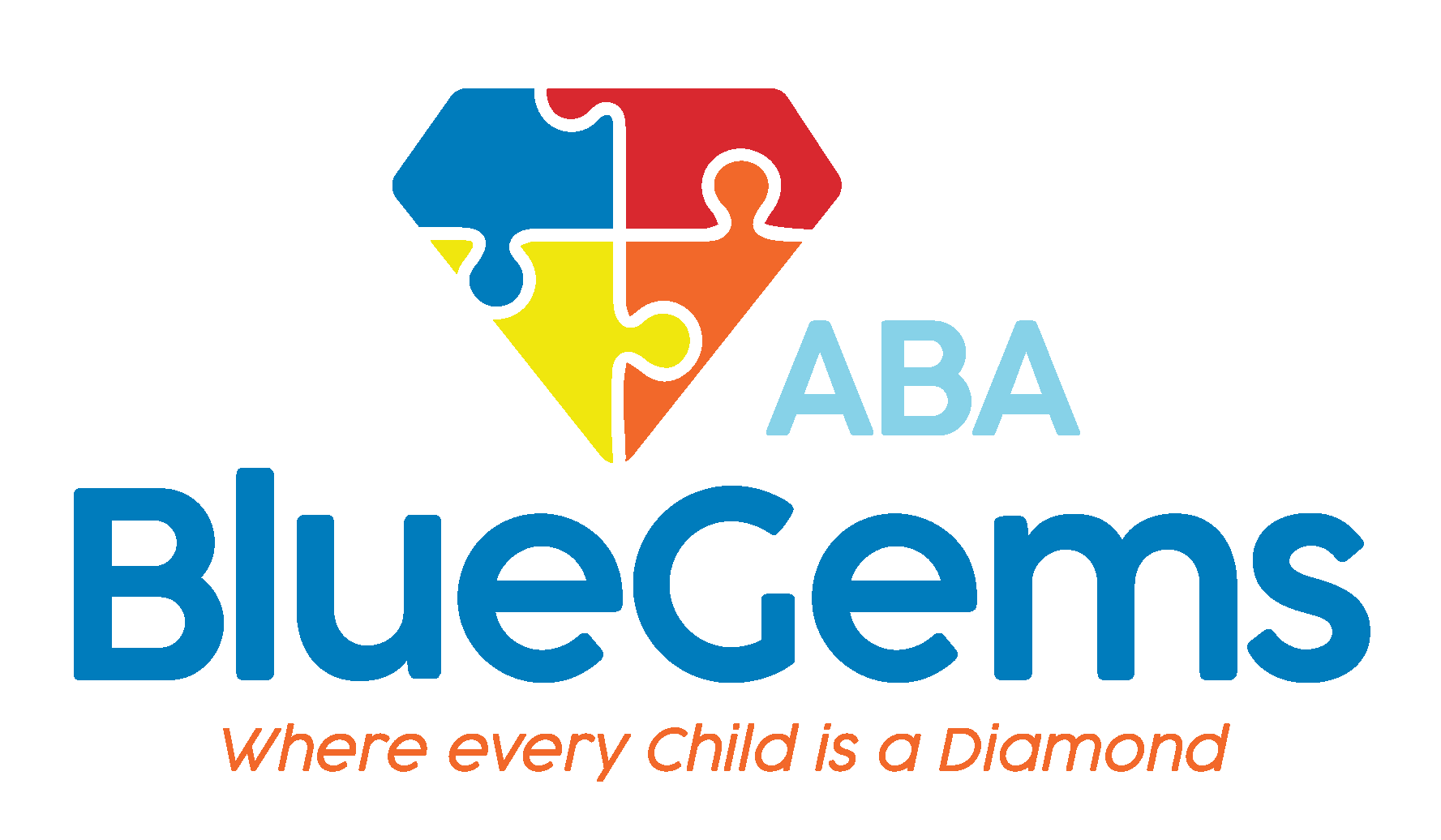What is an Autism Assessment?
It can be challenging to diagnose someone with autism spectrum disorder because there isn’t a definitive medical test that can produce results. Unlike some diseases such as cancer, there isn’t a blood test or imaging that can reveal an ASD diagnosis.
What makes diagnosing autism even more challenging is that it can look a lot different in one child than it does in another. Because of this, there are some instance where children are mistakenly diagnosed with autism when they don’t have it, or even diagnosed with something else such as ADHD, according to the Child Mind Institute.
That being said, a full autism assessment can be conducted in children at a young age to diagnose children with ASD.
Table Of Contents
When Can an Autism Assessment Be Conducted?
The U.S. Centers for Disease Control and Prevention states that autism sometimes can be detected as early as 18 months old. However, diagnoses by trained professionals are typically considered reliable by the age of 2.
Some children don’t receive a full and final ASD diagnosis until they’re much older — some even into adolescence or into adulthood. However, the earlier that autism can be detected, identified and diagnosed, the earlier that effective treatments such as ABA therapy can be instituted to help.
What Happens Before an Autism Assessment?
Before an official autism assessment is conducted, there are standard monitoring and screenings that takes place. This happens by the parents, family members and caregivers of the child in everyday life. It also happens during ongoing, routine pediatrician appointments.
Monitoring Development
Developmental monitor occurs on a daily basis. It involves parents, guardians and other family members watching children grow and develop.
As this happens, parents will monitor whether their child meets the standard developmental milestones, which are basically skills that many children will be able to reach by certain ages.
These milestones are broken into four major categories — motor, sensory, communication and feeding. From an age perspective, each is broken down into a few-month period, such as 0-3 months, 4-6 months, 7-9 months, etc.
These developmental milestones will also be reviewed at regular well visits at the pediatrician. If your child doesn’t meet these milestones, further testing may be necessary.
Screening
At these regular well visits, behavioral and developmental screening will take place from time to time. According to the American Academy of Pediatrics, these screenings should take place at nine months, 18 months and 30 months.
The AAP also recommends that ASD screening is conducted for children during their 18-month and 24-month well visits. Checklists and questionnaires will be distributed to parents to compare their child to other children who are the same age.
This screening includes areas such as movement, thinking skills, emotions, behaviors and language.
What is an Autism Assessment?
While the two major screenings mentioned above could be an indication that a child has autism, they can’t in and of themselves result in an official ASD diagnosis. In order for that to happen, a full autism assessment must be conducted.
This assessment is conducted by trained professionals who know what to study and what to look for in children. Blue Gems ABA has a comprehensive autism assessment in Nebraska that’s available to all children between 1 and 5 years old who’ve shown symptoms of autism.
There are three main steps to this autism assessment, which are detailed below.
Screening and Initial Assessment
Trained professionals will conduct a quick screening using proven tools such as the M-CHAT — or the Modified Checklist for Autism in Toddlers — or other similar tools. This screening gives the profession a general idea of who the child is they’re assessing.
Next comes an interview with the parent to find out more about the child’s behavior and how they’re developing. Parent insight is crucial to the process, as it can help identify areas that need to be explored more or focused on — not just in the diagnosis but also in future potential treatment plans.
Comprehensive Evaluation
Step two in the autism assessment is a comprehensive evaluation. This involves a clinical psychologist who will evaluate how a child communicates and interacts socially, among other things.
This part of the autism assessment will focus on a standardized behavioral observation of the child in an indoor environment that doesn’t have a lot of distractions. Providing such a serene environment is key, because young children can get easily distracted — whether or not they have autism.
Diagnostic Conclusion and Feedback
The final step in the autism assessment is for professionals to review all the assessments that have been completed. Parents are then brought into the conversation to share the diagnosis, and the reasoning behind it.
If autism is detected, specific therapies, treatment plans and interventions will be suggested to provide your child with the support they need to make a positive difference in their life.
Contact Blue Gems ABA for a Full Autism Assessment
If you believe your child may have autism, the best thing to do is have a full autism assessment conducted at Blue Gems ABA. Our team of experienced professionals take a hands-on approach to not only accurately diagnosing ASD in children at a young age, but also providing effective ABA therapy to help support them in their life.
Reach out today to schedule an assessment.
For more information on Blue Gems ABA or our autism assessment program, please contact us today.




